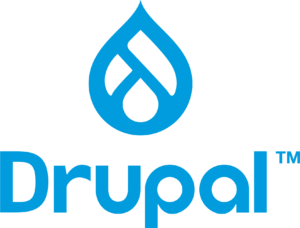Drupal is a powerful content management system (CMS) that is used by many organizations and individuals to build websites and web applications. However, as with any software, Drupal is not immune to security vulnerabilities.
In this blog post, we will discuss some key considerations for keeping your Drupal site secure, with a focus on Drupal modules. Drupal modules are add-ons that extend the functionality of your Drupal site. They can be used to add new features, such as forms, galleries, and social media integration. However, not all modules are created equal. Some modules are well-maintained and regularly updated to address security vulnerabilities, while others may not be. It’s important to be aware of this when choosing which modules to install on your Drupal site.
One of the best ways to ensure that your Drupal modules are secure is to only use modules from the official Drupal.org module repository. The Drupal community maintains a strict vetting process for modules that are submitted to the repository, so you can be confident that the modules you find there are of high quality and have been thoroughly reviewed for security vulnerabilities.
Another important step in keeping your Drupal site secure is to keep your modules and your Drupal core up-to-date.
Drupal releases security updates on a regular basis, so it’s essential to apply these updates as soon as they become available. This ensures that your site is protected against the latest known vulnerabilities. When it comes to Drupal modules, it’s also essential to be aware of the permissions that they require. Some modules may require access to sensitive data, such as user information, or the ability to make changes to your site’s settings. It’s important to be aware of these permissions and to only install modules that you trust and that have a good track record of security.
In addition to these best practices, there are several other steps you can take to improve the security of your Drupal site. For example, you can use a web application firewall (WAF) to protect your site from common web-based attacks, such as SQL injection and cross-site scripting (XSS). You can also use a Content Delivery Network (CDN) to distribute your content across multiple servers, which can help to mitigate the effects of a DDoS attack.
In conclusion, Drupal is a powerful and flexible content management system that can be used to build a wide range of websites and web applications. However, like any software, Drupal is not immune to security vulnerabilities. By following best practices and being aware of the security risks associated with modules, you can help to keep your Drupal site secure and protect it against potential threats.


